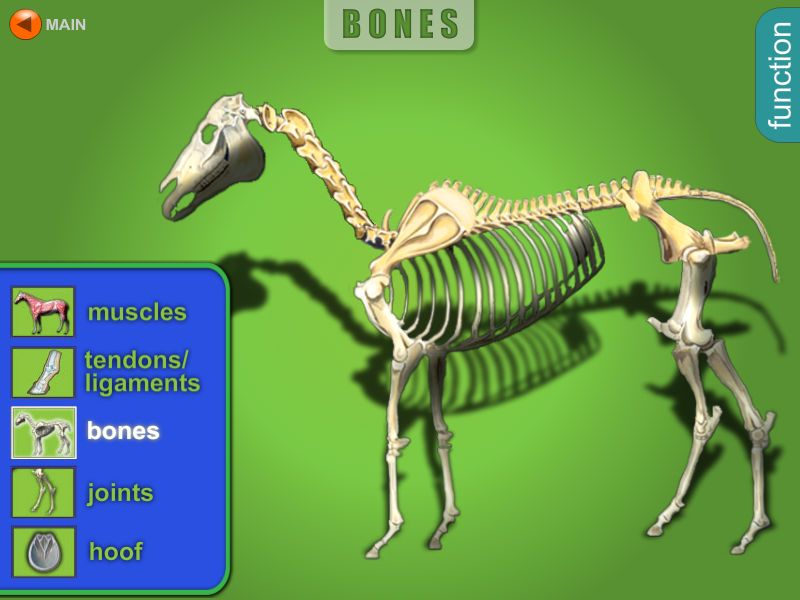ARCHIVE EQUINE NEWS STORIES
| Current news is available at TheHorsePortal.ca, Equine Guelph's online learning platform for practical, quick learning. Given the vast amount of information on horse health and welfare, Equine Guelph has archived its past news articles from 2002-2020. They are listed below, along with a search function available to find specific healthcare topics. | |
Lameness Detection is Your DutyFebruary 2015
“When to Call the Vet” is one of five major topics in Equine Guelph’s free, interactive, Lameness Lab tool, kindly sponsored by Zoetis. Learning to spot unsoundness is an important skill for horse owners to develop because the earlier you can detect lameness, the better you will be at maintaining the health and welfare of your trusty steed. “We think that a visual approach to lameness will greatly help horse caregivers better understand the basics of lameness and how to recognize the signs of lameness in their horse,” says Dr. Cathy Rae, equine Technical Services veterinarian for Zoetis. “This understanding can help them detect lameness earlier as well as guide them in knowing when to call their veterinarian.”
Dr. Ken Armstrong, equine veterinarian and partner of Halton Equine Veterinary Services, featured in the “When to Call the Vet” videos, further explains how vets identify and assess lameness. He also guides horse owners through how to prepare for a lameness exam including advice on teaching your horse to trot in hand.
Dr. Nicola Cribb, assistant professor and equine surgeon at the University of Guelph, describes how changes in behaviour and a slightly unbalanced stride can be early warning signs before lameness becomes more obvious with signs such as a head bob or a leg hitching. Her video goes through a lameness checklist and helps you understand the zero to five Lameness Scale used by American Association of Equine Practitioners.
 Lameness Lab allows horse owners to test their knowledge with interactive diagrams of muscles, tendons, bones, joints and the hoof. The tool also goes through the causes and factors contributing to increased risk.
Lameness Lab allows horse owners to test their knowledge with interactive diagrams of muscles, tendons, bones, joints and the hoof. The tool also goes through the causes and factors contributing to increased risk.
Remember early detection is so important in the treatment of lameness.
Contact your vet if you see swelling, lameness, shortened stride or any signs of pain in your horse.
Finally, find out why Lameness Lab receives thousands of visits! Test your skill at detecting lameness in the video challenge which will take you through four different case assessments.
Go to Equine Guelph’s ‘Toolbox’ at EquineGuelph.ca and click on Lameness Lab.
More interactive activities await in Journey through the Joints, another healthcare tool generously sponsored by Zoetis.